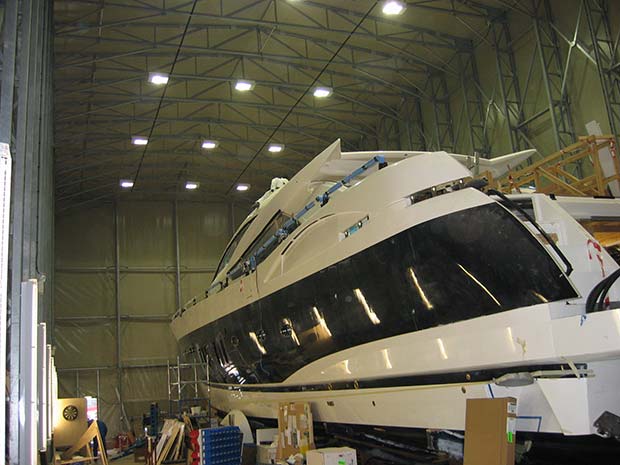Brexit and the COVID-19 pandemic have made it tough for businesses and at times it has felt as though it’s just one thing after another. Driven by the e-commerce boom, consumers expect most products to be delivered to their door today or tomorrow. Anything later and your business is already behind your competitors. Therefore, having stock readily available and being able to pick, pack and send it efficiently has become the new great customer service challenge. As the need for retail space has reduced, so the demand online has sent the race for warehouse space on an upwards trajectory and that has highlighted the lack of storage capacity in the UK. It is arguably the biggest threat to the logistics industry and businesses are having to rapidly re-evaluate their supply chains.
 Only a couple of years ago, it was commonplace for us to be working with businesses who had adopted a just-in-time stock control method. However, this strategy of streamlining the supply chain and keeping a low inventory holding is being dramatically reshaped as companies need to respond to a sharp increase in customer demand and even consider stockpiling. This is clearly not an ideal solution for managing disruption in every industry and customs duties pose another problem that will drive the demand for extra warehousing space even further.
Only a couple of years ago, it was commonplace for us to be working with businesses who had adopted a just-in-time stock control method. However, this strategy of streamlining the supply chain and keeping a low inventory holding is being dramatically reshaped as companies need to respond to a sharp increase in customer demand and even consider stockpiling. This is clearly not an ideal solution for managing disruption in every industry and customs duties pose another problem that will drive the demand for extra warehousing space even further.
Certainly one area of our own business that has shifted in focus significantly is port and harbour warehousing. Ports & harbours form an essential part of the UK’s logistics chain with 95% of our total imports and exports currently moving through them. In spite of all the challenges we face, they still remain a central focus of the strategy for keeping our economy moving.
It is therefore vital that the right structures are in place to cope with this stockpiling of goods and additional protocol expected to enable the free movement of materials. Our customised structures may be temporary but they are durable enough to withstand even the harshest marine environments and are designed to last. Built off-site, they can be ready to go within a matter of weeks, therefore minimising further disruption at the borders and offering the highest standard of storage to accommodate a broad range of goods as well as variable bulk handling practices.
Aside from what’s happening at the ports and harbours, warehouse capacity across the UK as a whole is significantly low with Knight Frank claiming that we have only six months worth of warehouse supply available at current growth rates. The pressure on supply chains is brutal and the competition for finding warehouse space is fierce. Rising rent prices will mean that only the larger businesses with capacity to invest will come up trumps.
Optimising existing space to become more efficient and expanding premises with fabric covered structures rather than traditional bricks and mortar can offer a better financial solution and more flexibility to respond quickly to peaks and troughs in demand (or in this case, one continual surge). There is also the added bonus of them not being tied to one location as these structures can be easily dismantled and moved. With this solution, whether it is a short-term fix or part of a long-term expansion plan, businesses can buy themselves some time to cope with the seemingly sudden shift in strategy while considering their next move.
With Brexit and COVID looking set to continue to impact the structure of supply chains moving forward and, with higher levels of inventory in the network set to be maintained, demand for warehouse space can only increase. With over 30 years experience in this field, we are ready and confident we can deliver a bespoke solution that fits and fast.




Comments are closed.